Sill Stuck In Funky Fenghuang Old Town
Friday, July 23, 2010
 Fenghuang, Hunan, China
Fenghuang, Hunan, China
Hey Hey and a Big G'Day toya,
I’m still here in Fenghuang Old Town.
It’s so beautiful here that it’s almost impossible to leave this place.
Crusty Simon grabbed a Bus back to Changsha and soon after boarded a train back to Beijing and after his last Beers N Noodles in China will fly back Melbourne the following morning. So that leaves all the Beers N Noodles that are left…..MINE!
Any I won’t bother writing anymore for this entry as the photos pretty much tell you that I’ve been retracing my steps, climbing hills, sipping coffee and using free Wi-Fi in small river side cafes while watching the boats float on by, eating noodles and other assorted foods chosen from an English Menu along with meeting several beauties.
Other than that I thought you might be interested in what UNESCO had to say about the place.
As usual all photos can be found beneath the following information.
World Heritage Listed - Justification of Outstanding Universal Value
As for the criterion (i):
Ancient Fenghuang Town is situated at the foot of mountains and beside waters. Its construction has proved a very practical and scientific exploration in terms of the town site selection as well as layout design and city planning. Following the undulation of the mountainous landscape, the town walls encircle the ridges and span over the ranges while rivers wind along the corridors before flowing out through the town. It is thus by absorbing the artistic philosophy of traditional Chinese garden design and making best of the limited space of the mountain area that the town achieves well-structured layout. Such distinctive building clusters are unique feature of Ancient Fenghuang Town, which has given a full display to the intelligence, talents and enthusiasm of the architects, represented a unique artistic achievement and can be called a creative and genius masterpiece.
As for the criterion (ii):
Ancient Fenghuang Town is a well-preserved integral and authentic historical site. The plentiful historical and cultural information has aroused great interests among the litterateurs, artists, historians as well as architects. The unique cultural information carried by the ancient town may well serve as an outstanding example for the human settlement construction and promote the development of architecture, environment protection, technical design.
As for the criterion (iii):
With the advancement of society, ancient civilization and traditional culture are more or less vulnerable to the encroachment of the course of modernization. This is especially true in small towns. In Ancient Fenghuang Town, ethnic languages, custom, arts as well as those distinctive architectural remains of Ming and Qing styles all carries large amount of historical information of the witch culture in ancient State of Chu and provided authentic evidences for the study of this regional culture. Therefore, to enlist Ancient Fenghuang town into the World Heritage List and to conduct effective protection and rational exploitation without fail will render profound influences to the protection and development of Chinese as well as the cultures of different nations and in different places around the world.
As for the criterion (iv):
The town site selection, layout planning and construction of Ancient Fenghuang Town has made wonderful use of the mountain landscape and the water flows to create harmonious relationship between human residence and nature, thus making it a outstanding example in this respect. It had been the most distinctive architectural clusters in the remote frontier mountainous area of South China (where different ethnic groups merged with each other).
Statements of authenticity and/or integrity
Ancient Fenghuang Town used to be an uncivilized and wild frontier and it was in the 2nd year of Chuigong under the reign of Empress Wu (A.D.686) that Weiyang County was first established. In the 3rd year of Jiatai period in the Song Dynasty, an earthen town was constructed at the Wuzhai Office which is rightly the present site of Fenghuang Town. In the 35th year of Emperor Jiaqing's reign in the Ming Dynasty, a brick town was built here over 450 years ago, and an ancient town began to take shape. In the 54th year under Emperor Kangxi's reign (A.D.1715), all stone buildings inside the town were completed.
Lying out in the remote mountain area, Fenghuang marks the dividing line between the Han people on the central plains and the southwest minority inhabited region. While the national conflicts escalated, Fenghuang became an important military stronghold in Southwest China by virtue of its geographical location of strategic importance. The Chengyuan Yongjing Army Reserve Circuit Office and Chief Garrison Commander's Office were set up here. During the reign of the Ming and Qing dynasties, the central government had spent plenty of human power and financial resources on Fenghuang and built it into the political, military and cultural centre heading the military movement of over 30 counties of the four provinces.
This also made it the culture exchange centre between the main stream culture of the central plain and a variety of local cultures of different ethnic groups, and boosted the development of the local culture, education and trade.
The carefully laid red rock town walls wind along the undulating mountain ranges, the stately and lofty town towers sits majestically against the four town gates, and the palace-style halls and residence, delicate quadrangles as well as civilian residences of various national styles are, with a graceful ruggedness, distributed along both sides of the streets and lanes which were paved with red flagstones intersecting each other like checkerboard.
Especially those timber-structured stilt houses which line along the river looks so picturesque against the Nanhua Mountain full of big old trees.
Thanks to the unique geographical location blessed by nature, Fenghuang never suffers from the destruction of wars and the natural disasters in hundreds of years and is well preserved. From the Miao people uprising in 1795 to the Getun uprising in 1937, there happened dozens of wars, none of which affected the town. Even during the war of resistance against Japanese invasion, Fenghuang town had not been occupied Japanese invaders or suffered air bombing. In the year of 1949, Fenghuang was peacefully liberated.
The ancient town has basically maintained the layout and original appearances of the Ming and Qing dynasties to this day. There preserved in the ancient town zone over 200 ancient residential buildings, some 20 large or small streets, 10 ancient lanes and alleys, as well as ancient town walls, ancient town gate towers, ancient leaping rock, ancient wells, ancient rainbow bridges, ancient temples of literature, ancient temples of poems, ancient ancestral temples etc., all of which are by and large preserved in their original state. The residential environment featuring harmony between human and the mountains, waters and the town has been preserved in its original form up to now.
Comparison with other similar properties
Pingyao town is a town developed by Shanxi merchants, and is famous for its commercial culture. Lijiang is a small town created by the Dongba Culture of the Naxi ethnic minority. And the ancient villages in the south of Anhui province are developed by the Huizhou merchants into ancient village clusters characterized by typical regional Hui culture.
Beers N Noodles toya…..shane
___________________________________________________________
The soundtrack to this entry was by Black Sabbath
The album was 'Live Evil’
____________________________________________________________
Other Entries

 Fenghuang, Hunan, China
Fenghuang, Hunan, China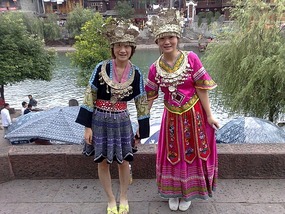

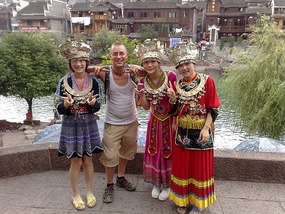
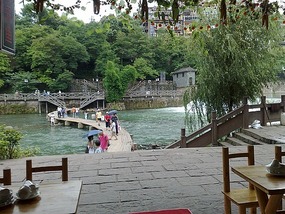
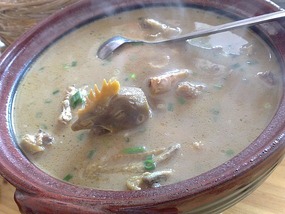
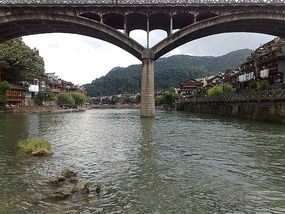
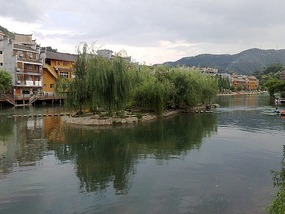
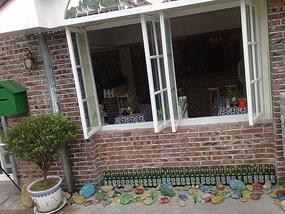
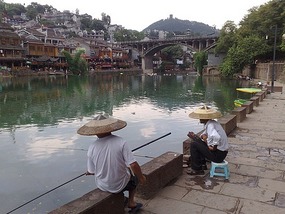
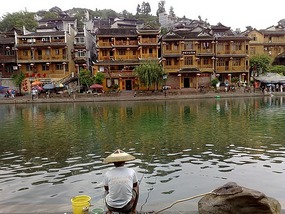
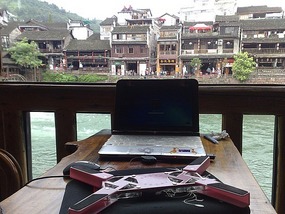
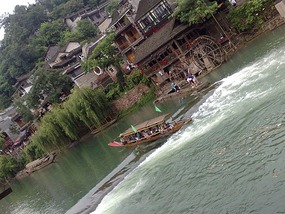

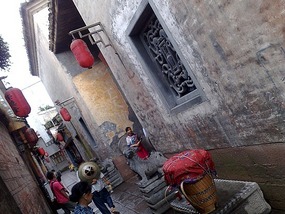
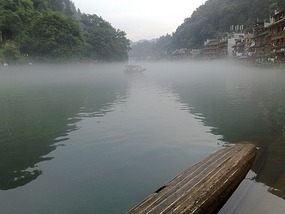

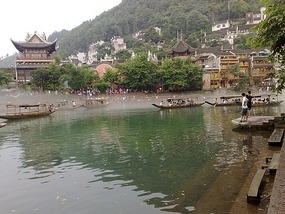

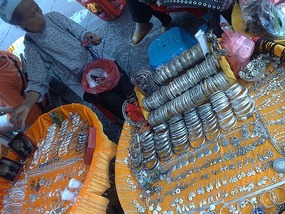
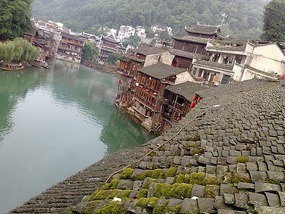
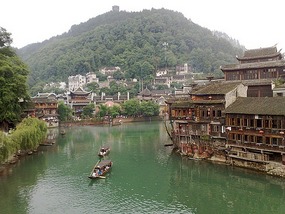
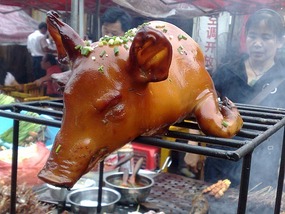
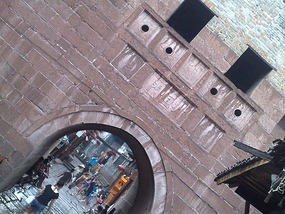
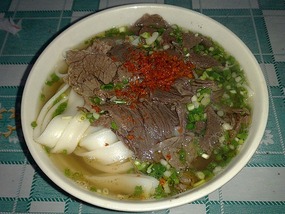
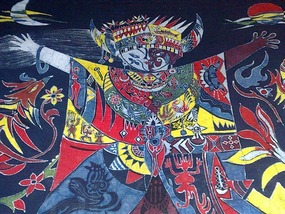

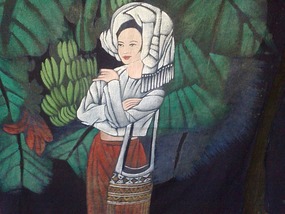

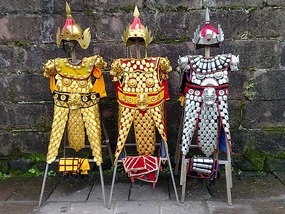
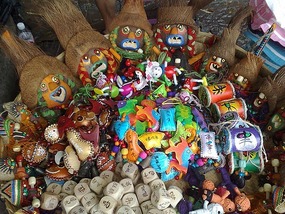
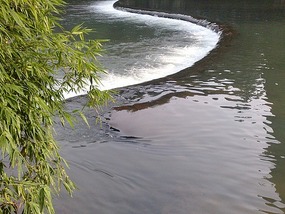
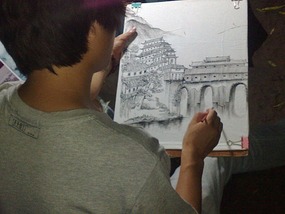
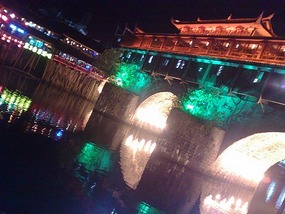
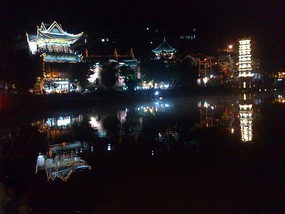
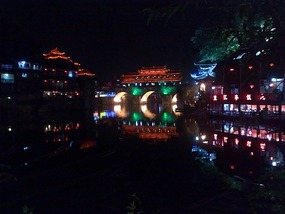
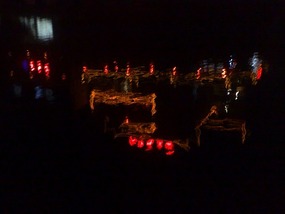
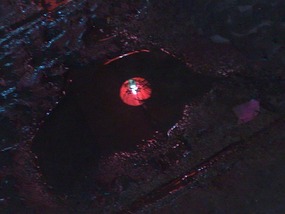
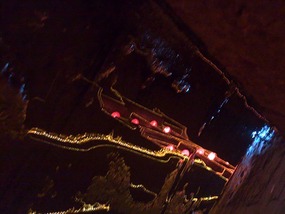
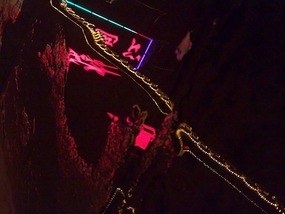
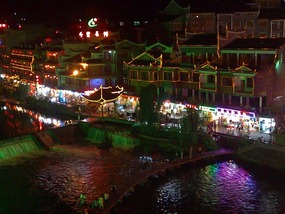
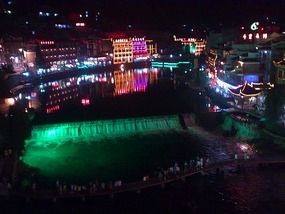
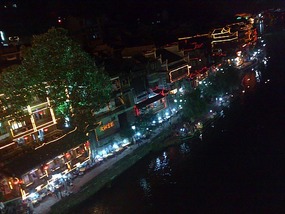
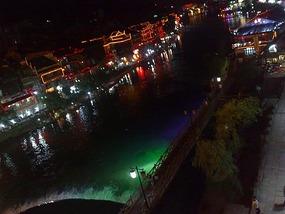
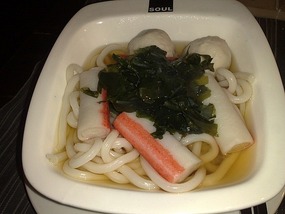


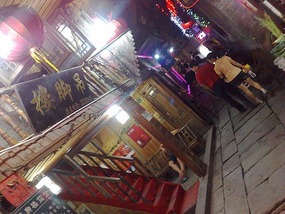
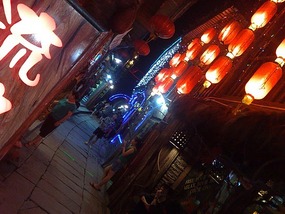
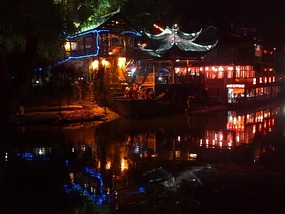
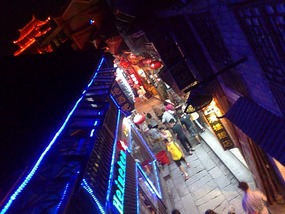

2025-05-22